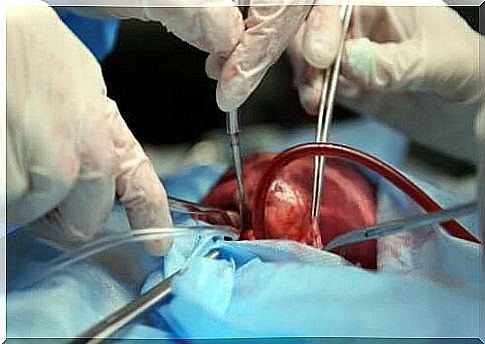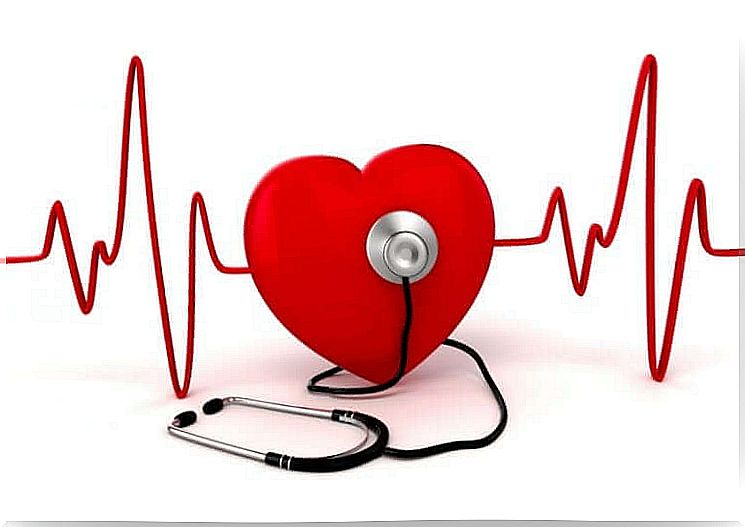Artificial Heart For Patients Who Cannot Find An Organ Donor
Researchers at Oregon Health and Science University have developed an artificial heart that will replace transplants in the future.

A multidisciplinary team of researchers from the University of Oregon Health and Science University (OHSU) has developed an artificial heart that could be an alternative to a heart transplant in the future. How does this pumping system work? Today you can find out more about this interesting development that could represent a solution to their heart problems for many patients.
Heart transplant
In a heart transplant, the patient’s weakened heart, which can no longer perform its functions, is replaced by a healthy organ from a donor as part of a surgical operation .
It is a very complex operation that involves various risks as it involves a vital organ. For this reason and also because there are few organ donors, a heart transplant is only carried out when there are no other options.
This means that only seriously ill patients are given a new heart for whom other treatments, for example with certain drugs or less drastic operations, have not been successful.

Heart disease unfortunately has a very high prevalence and is one of the leading causes of death in many countries. Many of these conditions can require a heart transplant over time. These include, for example:
- Corneal heart disease
- Ventricular arrhythmias
- Congenital heart defects
- Valvular heart disease
- Weakening of the heart muscles
All of these diseases weaken the heart and over time lead to heart failure. The heart continues to pump blood through the body, but it is weaker and no longer able to transport the necessary blood volume to all areas of the organism.
Factors to consider when having a heart transplant
Since there are few organ donors, the selection of a possible candidate for a heart transplant is carefully considered, taking certain factors into account in order to choose the ideal patient.
Some of the negative factors that could prevent a transplant include advanced age, other possible illnesses, alcoholism, or tobacco addiction. In many cases , the patient is no longer able to treat.
Artificial heart valves
For patients who are unable to have a heart transplant, the development of artificial cardiac assist systems is an excellent option.
They are mechanical pumps that are implanted in the thorax and connected to the heart. Their job is to pass the electrical impulses on to the heart in order to improve the pumping capacity of this organ.
But most of the time it is only a temporary treatment that is used while the patient is waiting for a heart transplant.

Artificial heart
For those for whom a heart transplant is out of the question, an artificial heart could replace the sick heart. The hopes that are being placed on artificial pumping systems are high.
Oregon Health and Science University (OHSU) researchers have shown that this optimistic future may become a reality sooner than expected.
The OHSU also played a leading role in the development of an artificial heart valve. A multidisciplinary research team from this university, made up of engineers, doctors, and scientists, has developed an artificial heart that holds great promise.
Artificial heart: how does it work?
The artificial heart should include two heart chambers made of titanium. These have a mechanism that pumps the blood and circulates it in the body. The artificial heart should also have a control mechanism and a battery. The patient must always have this with him in a bag. But in the future, the battery should be under the skin.
The simple design of the artificial heart is the main advantage of this mechanical pump. Since it consists of very few parts and does not contain any flaps, there are fewer elements that could be damaged or malfunction.
The researchers have developed two prototypes. The first model is intended for large animals such as cows. The other is suitable for smaller animals such as sheep. This size would also be suitable for humans.
The researchers have also carried out various clinical trials on animals and achieved good results. These promising results have given research an important impetus. The scientists assume that they will soon be able to use the artificial heart in a person.









